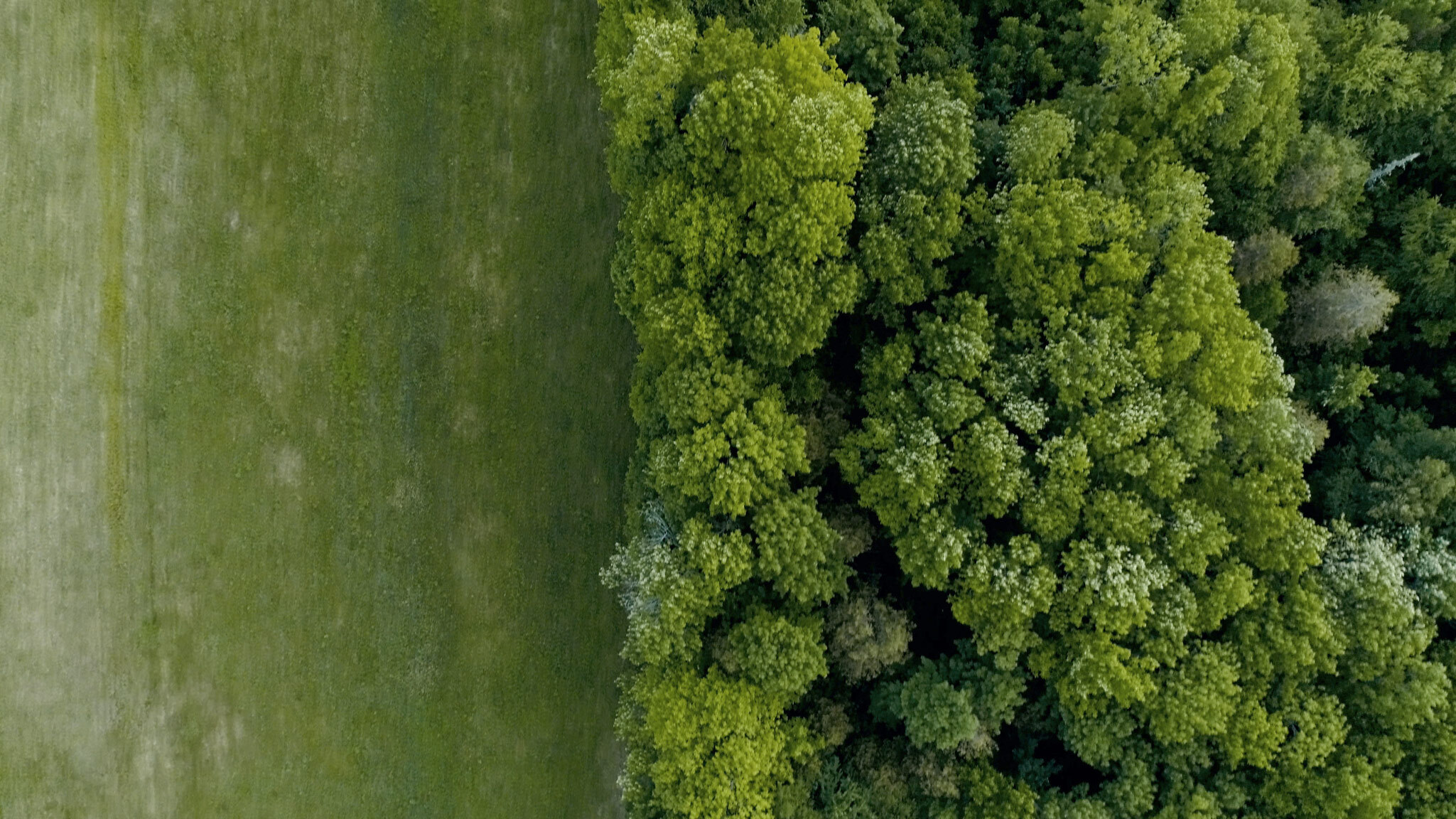They Carry Us With Them: The Great Tree Migration
https://emergencemagazine.org/feature/they-carry-us-with-them/
Introduction:
When we think of migration, what often comes to mind is the seasonal movement of animals from one region to another: a repeated, patterned journey in which creatures are drawn in one direction toward a food supply or resource, and in the other direction toward breeding grounds. Humpback whales, for example, spend their summers straining krill, plankton, and small fish through their great baleen plates in the polar region of the North Pacific Ocean. Come winter, when conditions grow harsh and the food supply dwindles, the whales swim south—some as far as five thousand miles—navigating the vast ocean with incredible precision to breeding grounds in Hawaii, Mexico, Central America, and Asia, until cues from their environment beckon them north again. This pattern repeats every year of their lives.
Thousands of species of migratory creatures—at least four thousand species of birds alone—embark on epic journeys across and around the world every year as they are pulled into flowing patterns of movement that correspond to the sun’s steady pull on the Earth. Birds, insects, mammals, and fish follow felt sensory signals in currents of air and water, changes in season, the planet’s magnetic field, the position of the sun and stars, subtle changes in temperature. Earth’s ecological systems, in this way, are woven together by intricate and far-reaching threads of movement.
What about our rooted companions? The northeastern spruce-fir forests that the Bicknell’s thrush journeys to every spring, or the stands of jack pine where the eastern bluebird builds its nests? We often admire trees for their steady rootedness, their resiliency in the face of change; for the gift of shade and companionship that a single long-lived tree might offer us and then our children and our grandchildren, even our great-grandchildren. But trees—or, more appropriately, forests—are perhaps not so rooted, so reliably placed, as we might think.
Right now, around the world, trees are on the move.
Some scientists prefer the phrase “shifts in range” to “migration” when it comes to forests—ecosystems defined by long-lived, woody beings that cannot pull up their roots from beneath the forest floor and walk or swim or fly when conditions around them indicate it is time to do so. But trees do move, they simply do it through successive generations.
Trees reproduce primarily through seed dispersal, relying upon animals, winds, and waters to carry their offspring to fertile soils where they might anchor into the ground and germinate. A mature tree will send seeds in all directions. In a stable environment, where conditions are much the same as when the parent tree began its life, a forest might continue to regenerate in roughly the same location and the same configuration of species, year after year, decade after decade.
But what if a new generation of seeds is cast into the wind during a period of drought? What if winters are no longer as cold as they once were? What if a certain pest can now survive in a forest where it once could not? Suddenly, seedlings might find themselves in a less friendly environment that they are not genetically well adapted to. Perhaps the only ones that will survive are those that happen to be carried, say, northward, or to a slightly higher elevation. As the climate changes in and around forests, seeds might succeed in places where they did not before or fail where they once succeeded.
If this pattern continues, the forest will begin a slow journey in a new direction.
Thus, although they do not move in a to-and-fro pattern annually in the way of the humpback whale, “migration” still seems an apt word to describe the movements of trees, even if such patterns of movement may take several—or many—human generations to reveal themselves as patterns. Certainly, trees do not migrate seasonally in the way we normally think of seasons, but there are many things trees do that don’t fit easily into our normal human way of thinking—at least from our point of view, which tends to have a breadth of focus corresponding to our roughly eighty-year life span.
For example, if we here in the northeastern United States were to zoom out from our understanding of seasons as annual patterns, and step instead into a deeper time, we might begin to see “seasons” in a different way. From this vantage point, a season may be seen as more akin to, say, an era of glaciation.
Let’s step back to about 14,600 years ago, near the end of the Pleistocene, that phenomenal age of mile-high ice, when glaciers ebbed and flowed over the land. We might notice that as the Laurentide Ice Sheet begins its slow retreat as temperatures warm, spruce trees are flowing up from the south: we watch as pointed evergreens with splays of emerald needles work their way across present-day Maine and southern Quebec, spreading farther into Canada, settling along the rocky slopes and poorly drained soils that were recently carved from the ice. Fast-forward 3,000 years to the beginning of the Holocene. The climate is warmer and drier; the ice sheet is vanishing further; the range of the spruce is now shrinking as the trees are pushed farther northward and replaced by pine to the south. Then, in the mid-Holocene, roughly 6,000 years later, there is a period of drought. Much of the eastern hemlock disappears as the lack of water leaves the trees stressed and vulnerable to the infestation of a pest that overtakes the population. It takes 2,000 years for the hemlock to return. During this time spruce move southward again, settling into roughly the configuration that we find them in today.
#nature #environment #trees #forests #tree-migration #tree #migration #reproduction #interactive #JeremySeifert #EmergenceMagazine
